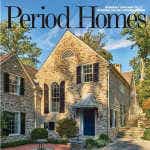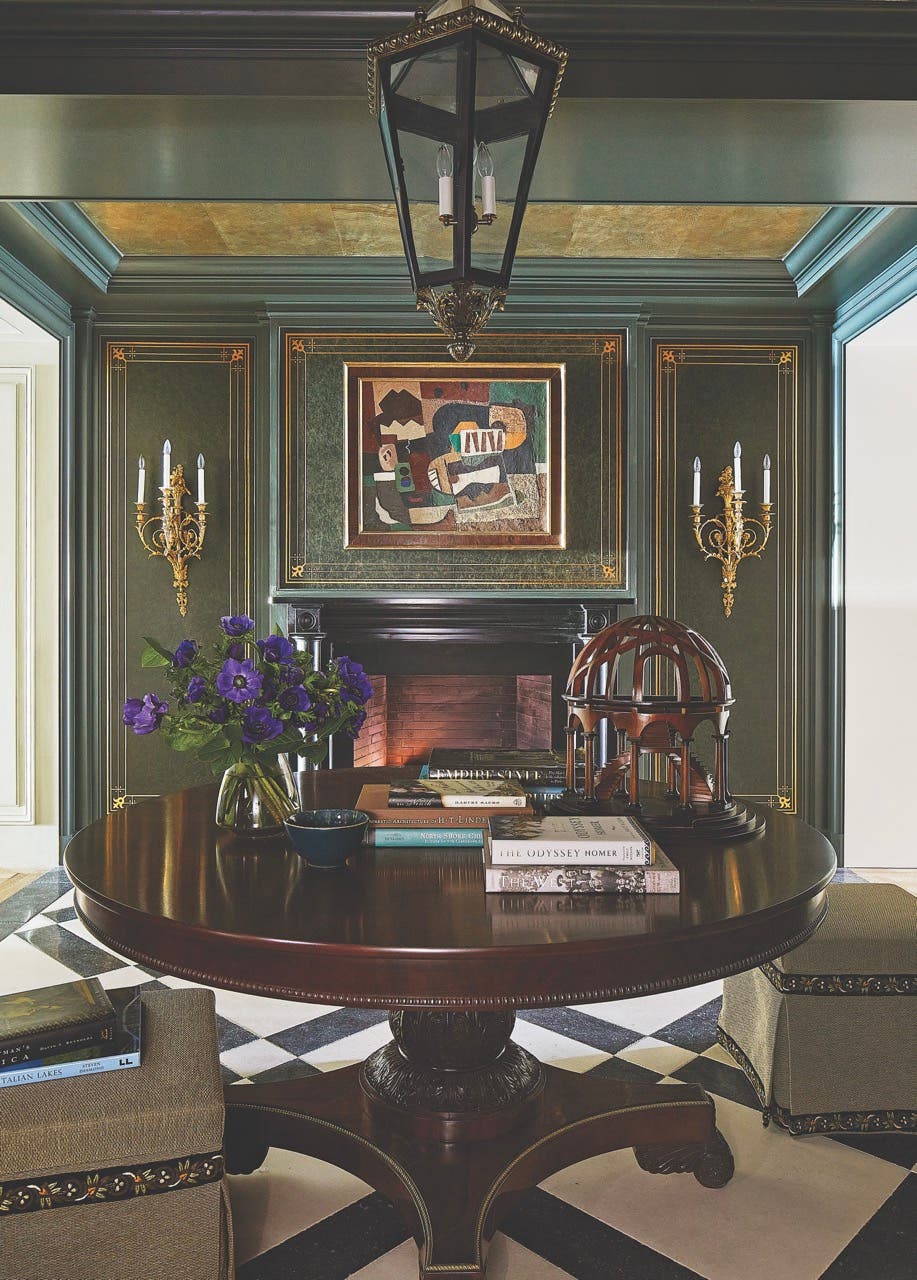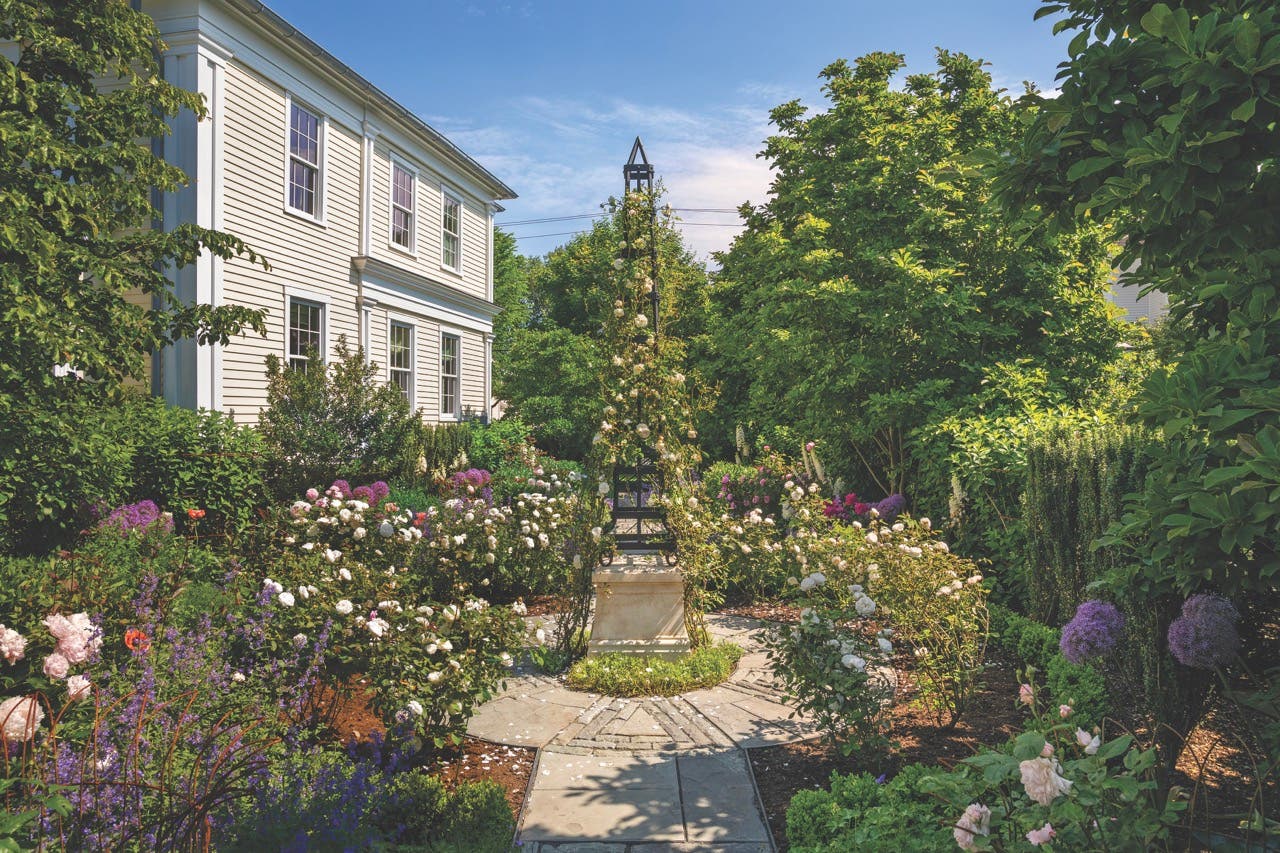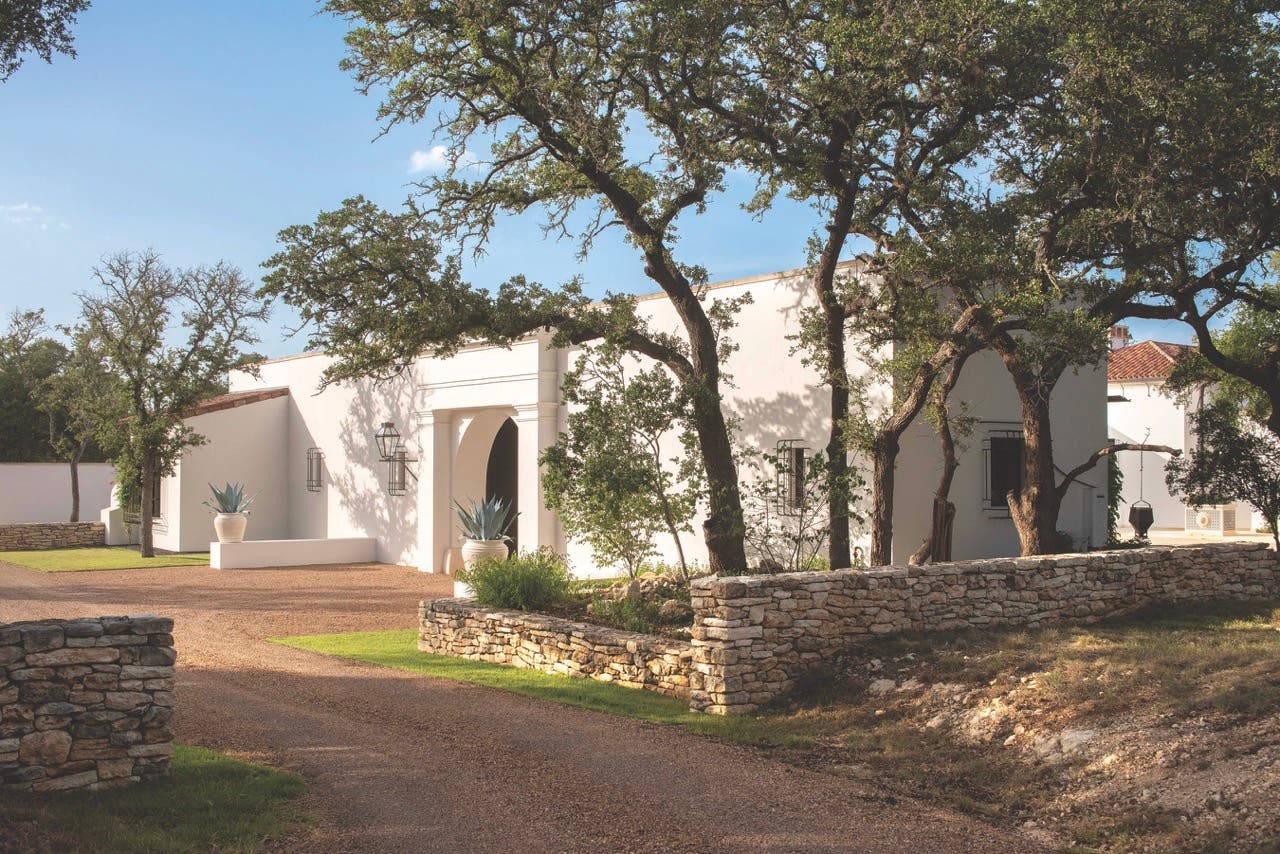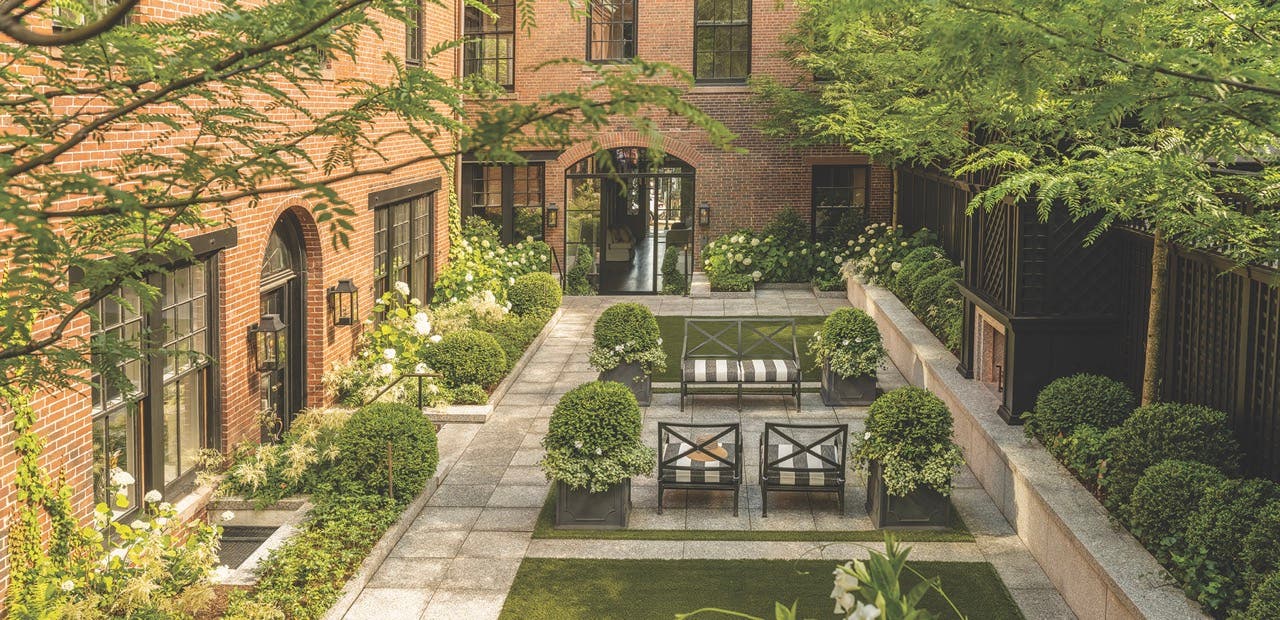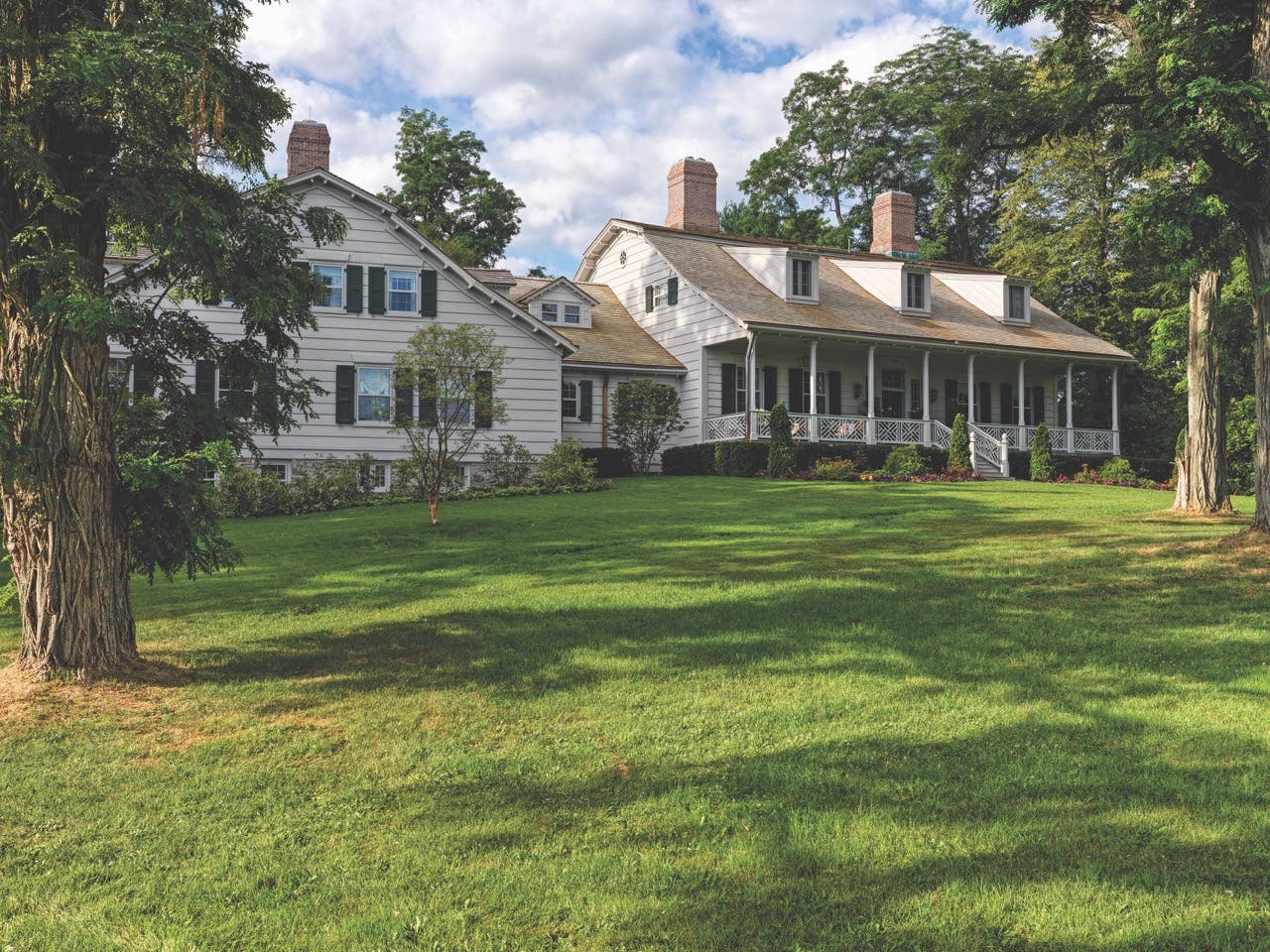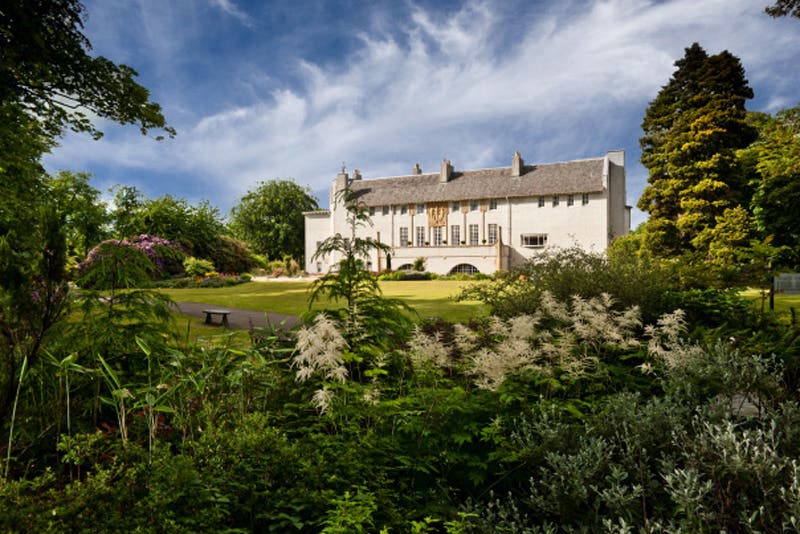
Palladio Awards
Peter Zimmerman Architects’ English Tudor Style House
2015 PALLADIO AWARDS
Sympathetic Addition
Winner: Peter Zimmerman Architects
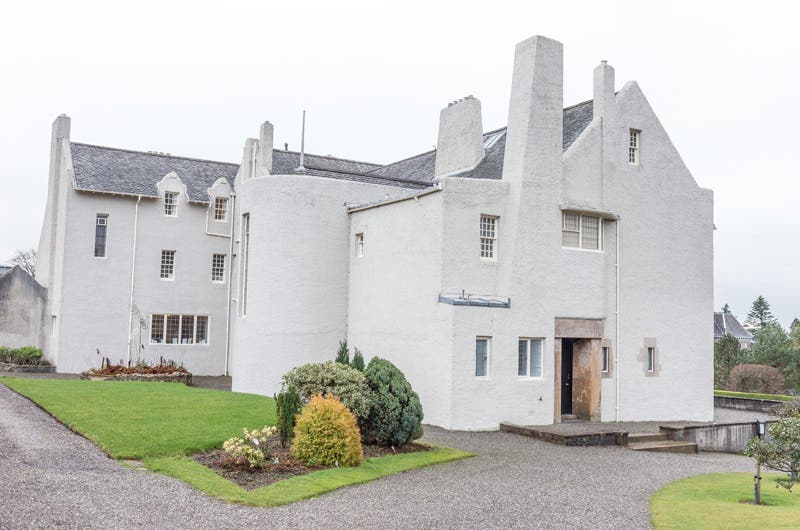
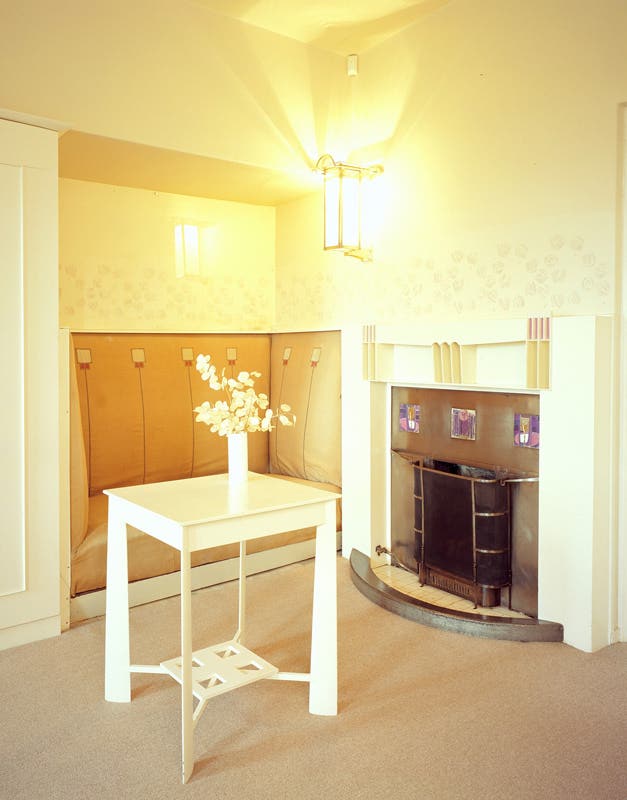
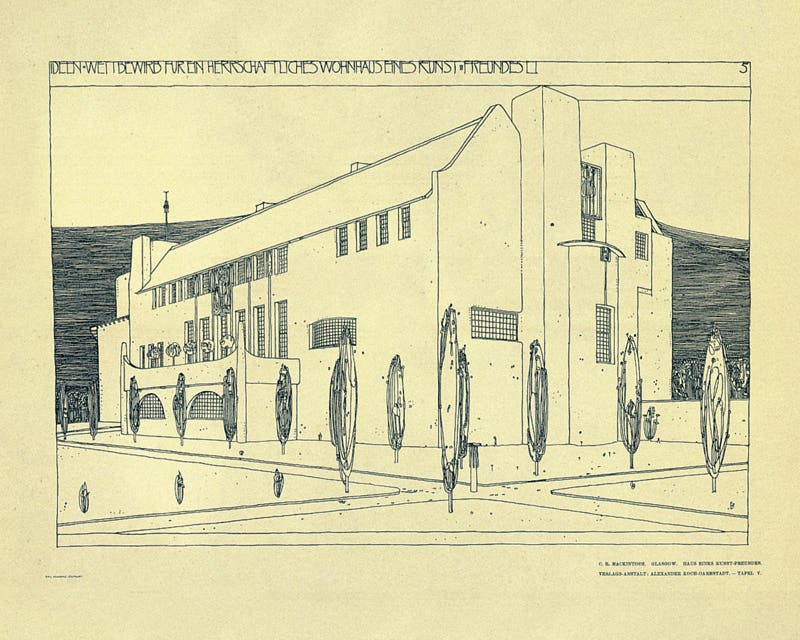

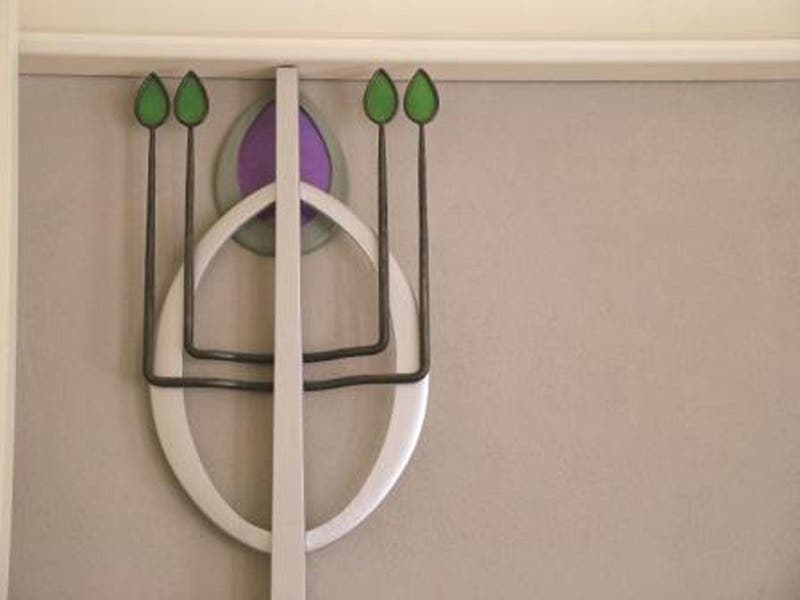
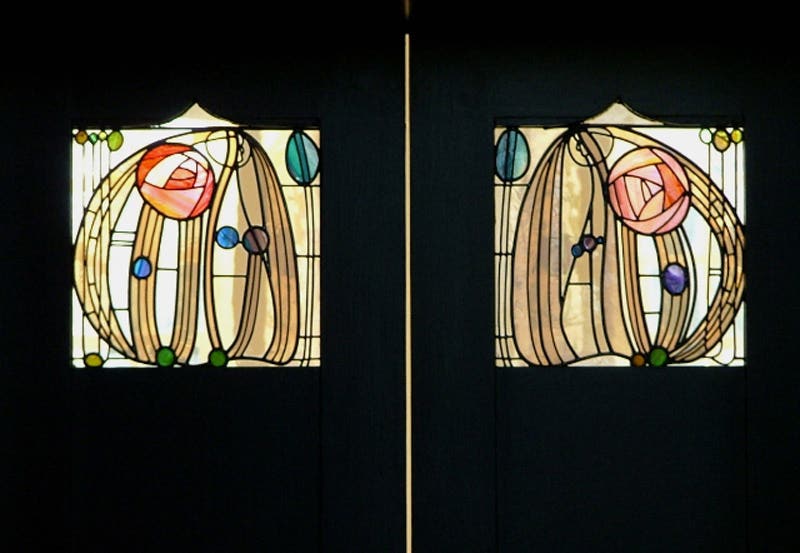
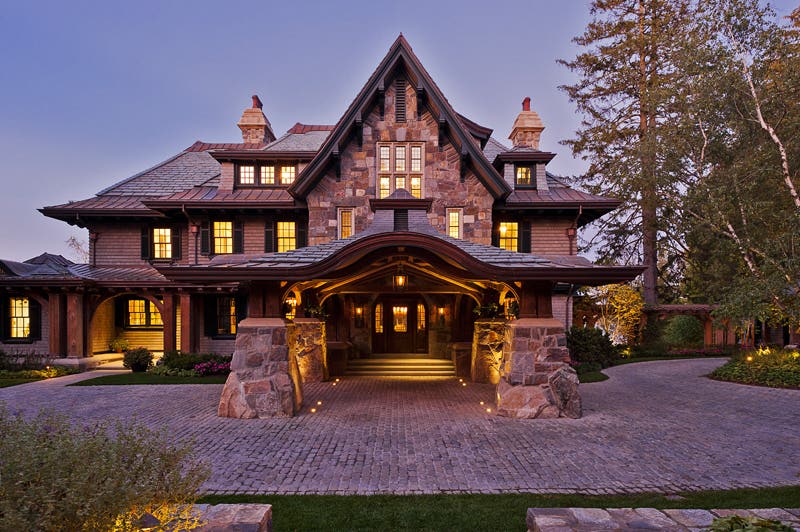
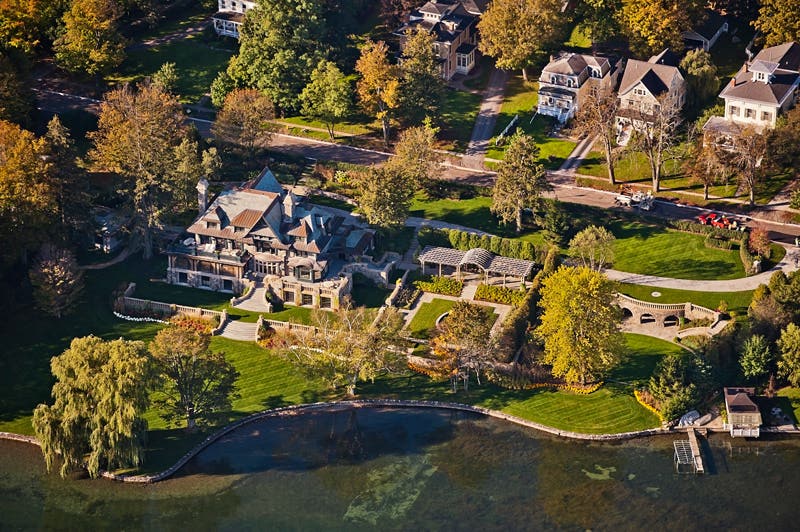

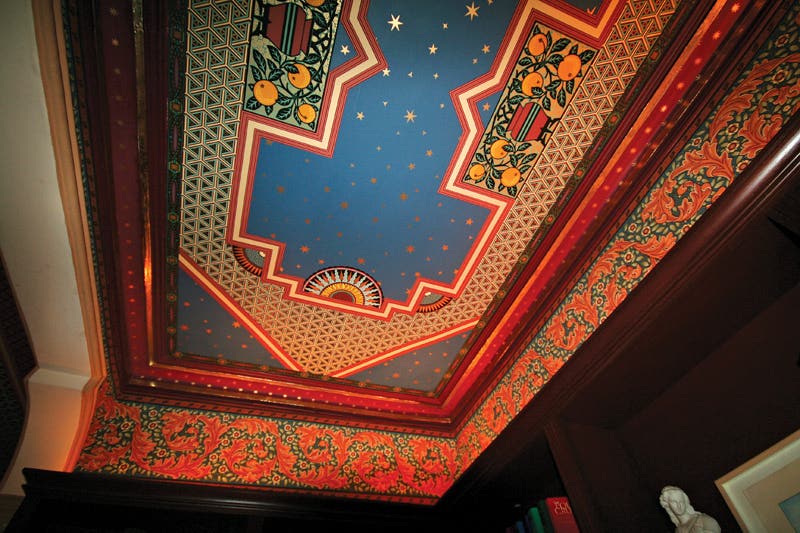
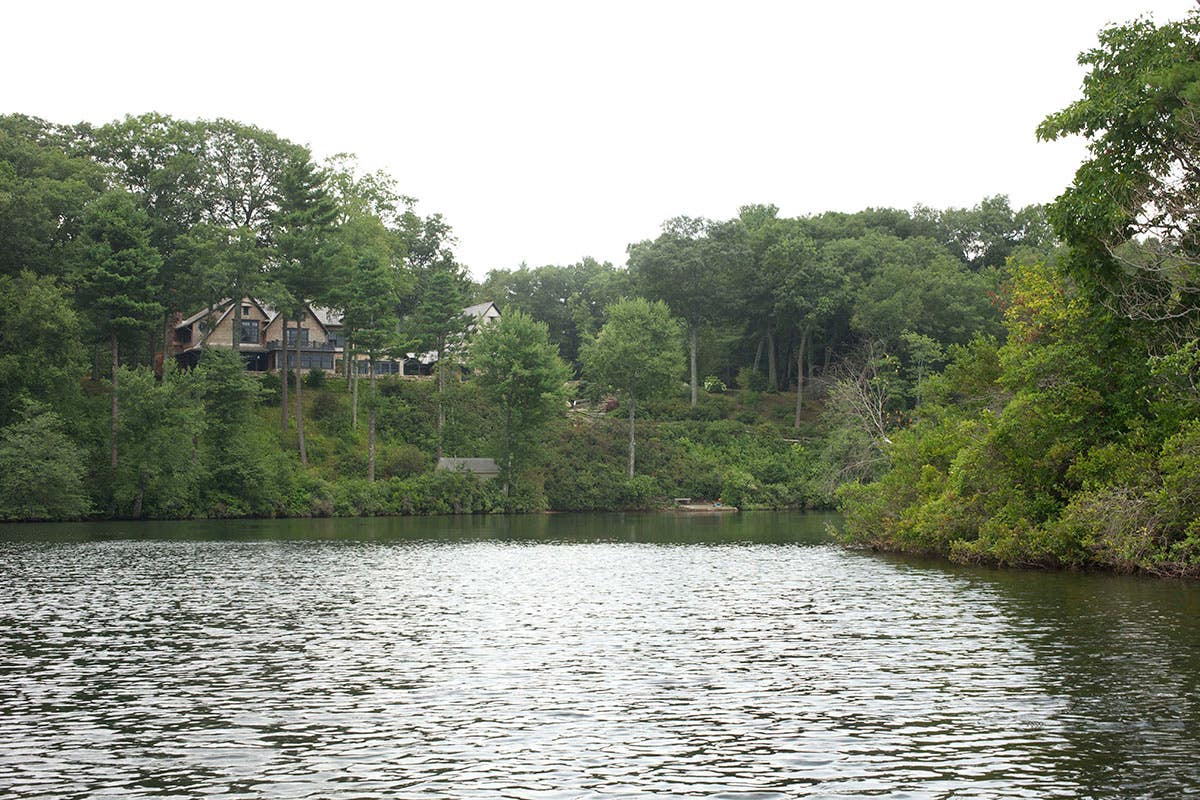
By Annabel Hsin
In an established Philadelphia neighborhood with houses built in the early 1900s of differing styles that are equal in quality, an English Tudor-styled house receives an interior overhaul and a new sympathetic addition to realize its full potential to accommodate the needs of an active, busy family. “Buttonwood was the childhood home of our client,” says architect Peter Zimmerman, AIA, NCARB, principal of Peter Zimmerman Architects. “He and his wife purchased the house from his mother so that they could renovate the house and give it the architectural detail it should have had originally. The house lacked the amount of interior detail that was reflected on the exterior and our client wanted the interior and exterior to match stylistically.”
PROJECT: Buttonwood, Philadelphia, PA
ARCHITECT: Peter Zimmerman Architects, Philadelphia, PA; Peter Zimmerman, AIA , NCAR B, principal
General Contractor: Griffiths
Construction, Chester Springs, PA
Landcape Design: Hess Landscape
Architects, Harleysville, PA
Interior Designer: Meadowbank Designs,
Wayne, PA
Stone masonry: Baer Brothers West
Chester, PA
Brickwork: Shaw Brothers Masonry,
Downingtown, PA
Stone Carving: DMS Studios,
Long Island City, New York
Wood Finish: Cupola, Philadelphia, PA
Ornamental Wood Carvers:
McCullough & Hoover
Plasterer: Ladd Martin, East Earl, PA
Ornamental Plasterer: Felber
Ornamental Plastering, Norristown, PA
Timber Framing: Methods and Materials,
Gilbertsville, PA
Roof Tiles: Northern Roof Tiles,
Wilmington, DE
Millwork & Windows: Knudsen Design
Associates, Kirkwood, PA
Millwork & Windows: Rick Ralston,
Avondale, PA
Lighting & Hardware: Heritage Metal
Works, Downington, PA
Tile & Marble: Marblecrafters, Trainer, PA
Wood Carving: Van Heyneker Fine
Woodworking, Mendenhall, PA
Stairs: Saienni Stairs, Newark, DE
Carpentry: Mortzfield & Pellicio,
Paradise, PA
Stain Glass: Willet Hauser, Winona, MN
Built in 1907, the existing 8,500-sq. ft. English Tudor style house was in good shape and has stately Tudor elements on the exterior. Its lower portion is clad in Wissahickon schist stone and the upper portion is with half timbering and stucco. The gabled roofline accompanied with detailed brick chimney stacks features wood rake boards and hand-carved wood obelisk gable ends. A port cochere built entirely of stone with arched openings and a crenellated top grace the main entry. Unfortunately, the front of the house faces the back of the six-acre lot and so this beautiful feature was hidden. “We suggested to the clients that the driveway should be rerouted so the new master plan includes a new driveway that enters from a different street and accesses the formal front entry,” says Zimmerman.
The old driveway was demolished along with an addition that didn’t quite suit the Tudor architecture. It had housed two bedrooms and baths on the second floor, and below were the kitchen, back stair, mudroom and a one story, flat roof, threecar garage, which was added at a later time.
“One of the design challenges was achieving a seamless transition between the existing structure and the new structures while incorporating modern amenities without compromising the aesthetics of the original architecture,” says Zimmerman. “The greatest limitation was the site. It is very steep, which required an angling of the main mass to provide enough space on the site to accommodate garages, a pool, terraces and gardens.”
The new addition is built on an angle with a slightly lowered gabled roofline to defer to the original house but its Tudor elements are carried over on the addition for that seamless transition. A single-story breezeway extending from the main mass connects to a new three-car garage with an apartment above to give the appearance that they were later additions joining what had once been a freestanding carriage house. Simpler details subtly indicate their hierarchal status as the service end of the house. Materials were meticulously selected and treated one way or another for an aged appearance. A new Goxhill clay tile roof supplied by Northern Roof Tiles of Wilmington, Delaware, replaced the existing asphalt roof and hand-molded bricks were used for chimney stacks that were built by Shaw Brothers Masonry of Downingtown, Pennsylvania.
Wissahickon schist stone was salvaged from the demolished addition as well as a local house that was taken down to clad the exterior. The salvaged stone was hand-tooled and installed by Baer Brothers Masonry of West Chester, Pennsylvania, to look like those on the original house. All of the exterior lighting and door and window hardware were custom designed, handcrafted from wrought iron and imported from England by Heritage Metalworks, also of Downingtown. New double-hung wood windows replaced all of those existing and some are with stained glass by Willet Hauser of Philadelphia, Pennsylvania, depicting images that are meaningful to the clients’ family. The window sashes inside are larger on the top to allow the window to slide up into a wall pocket when opened.
The interior layout on the first floor remained pretty much the same while the new addition now contains the side entry, mudroom, family dining, kitchen and back hall as well as the family room that features a vaulted ceiling and exposed heavy beamed wood trusses. A terrace off the family room leads to the pool, spa, freestanding pool house and a parking court for the garage. The existing pool that was near the living room on the opposite end was removed for a formal lawn, fountain and pavilion.
The interior finishes in the original structure were all torn down save the fireplaces, living room surround and the main stair. “The house had not been renovated since the 1970s and the existing finishes were all from the 1907 construction,” says Zimmerman. “The finishes that were removed were minimally part of the house and didn’t fit stylistically. As design inspiration for the millwork throughout the house, we took our cues from the little millwork that existed. We also added decorative plaster ceilings in the main spaces. The plaster was applied with a ‘parget’ texture finish as to look old and original. The design patterns were researched from early 18th and 19th century English Tudor style houses.”
As the firm’s design philosophy is to “create a sense of transparency between interior and exterior,” several architectural details on the outside are repeated within. Bricks are used to pave the entry and breezeway floors and many of the openings between rooms are arched. The closets in the mudroom, built almost as freestanding rooms, is topped with crenellated edges like the port cochere but covered with hand-rubbed oak paneling and elaborate boiseries instead of stone. Quarter sawn white oak flooring installed throughout unites all of the spaces.
The existing second floor layout was confusing and lacked a defined master suite. “It was completely gutted allowing us to enlarge the top of the stair to create a more gracious landing and improve circulation,” says Zimmerman. “We designed a master with a sitting room, an upstairs study with a full bath and an additional bedroom and bath. The second floor addition consists of a guest bathroom and bath, a suite containing a bedroom, bath, dressing room and sitting room and there is an elevator, laundry room and family stair. The third floor was an attic, which we finished and turned into a multipurpose work room.”
To create adequate ceiling height in the basement, it was excavated 2 ft. deeper and that required the underpinning of the entire perimeter. The extra height allowed for a game room, club room with a fireplace, an exercise room and a wine cellar.
After a six-year design and construction process, the successful sympathetic addition has not only increased the home’s area to 10,500 sq.ft. but has also earned the firm its fifth Palladio Award. “We were thoughtful and careful in our design approach for this project,” says Zimmerman. “And we’re greatly honored to have had the opportunity to work with such thoughtful clients. It was a great experience from start to finish.”

